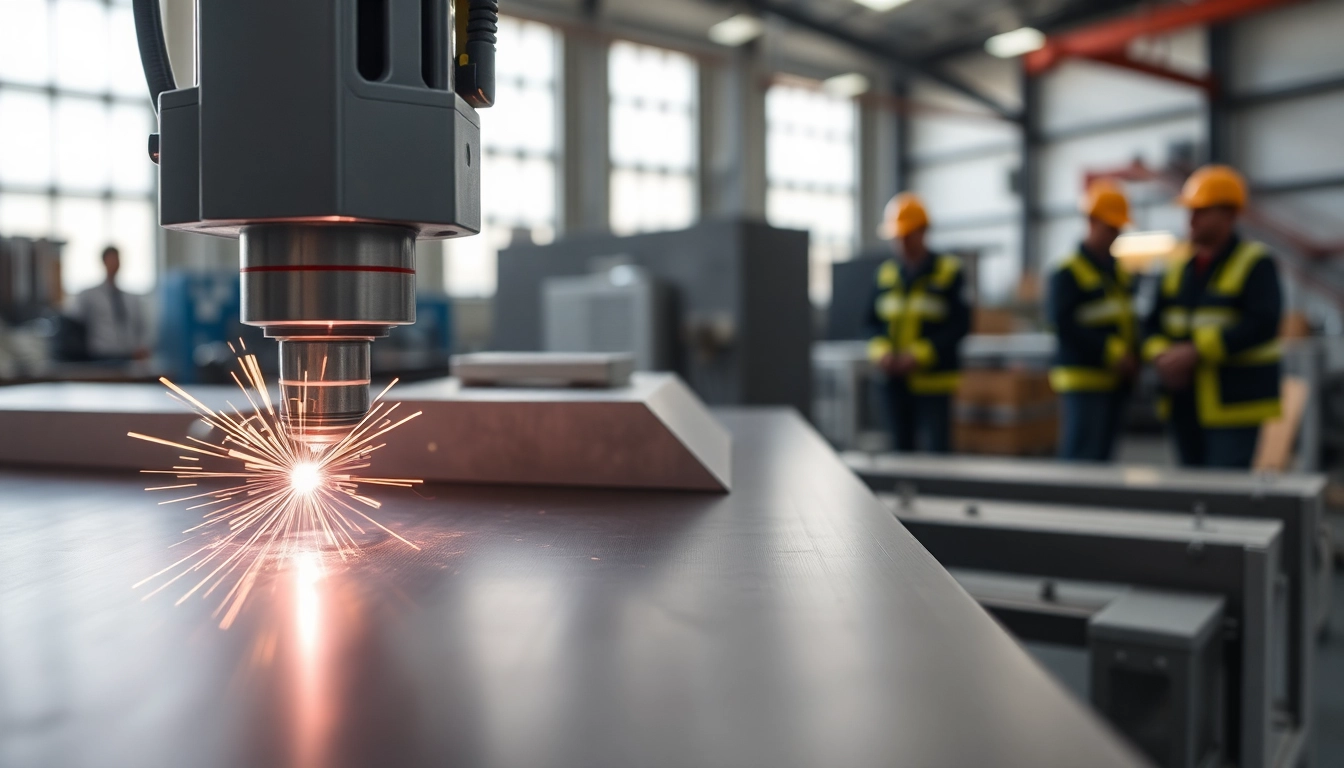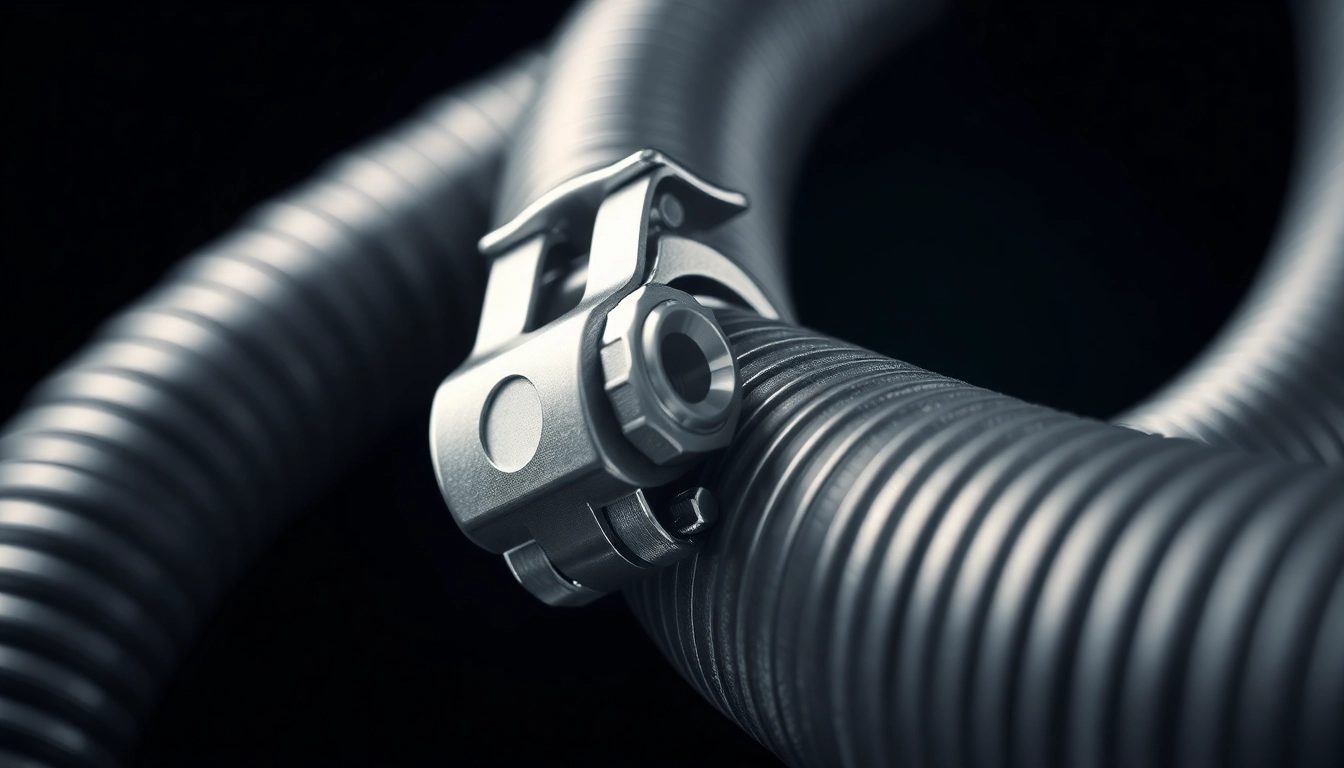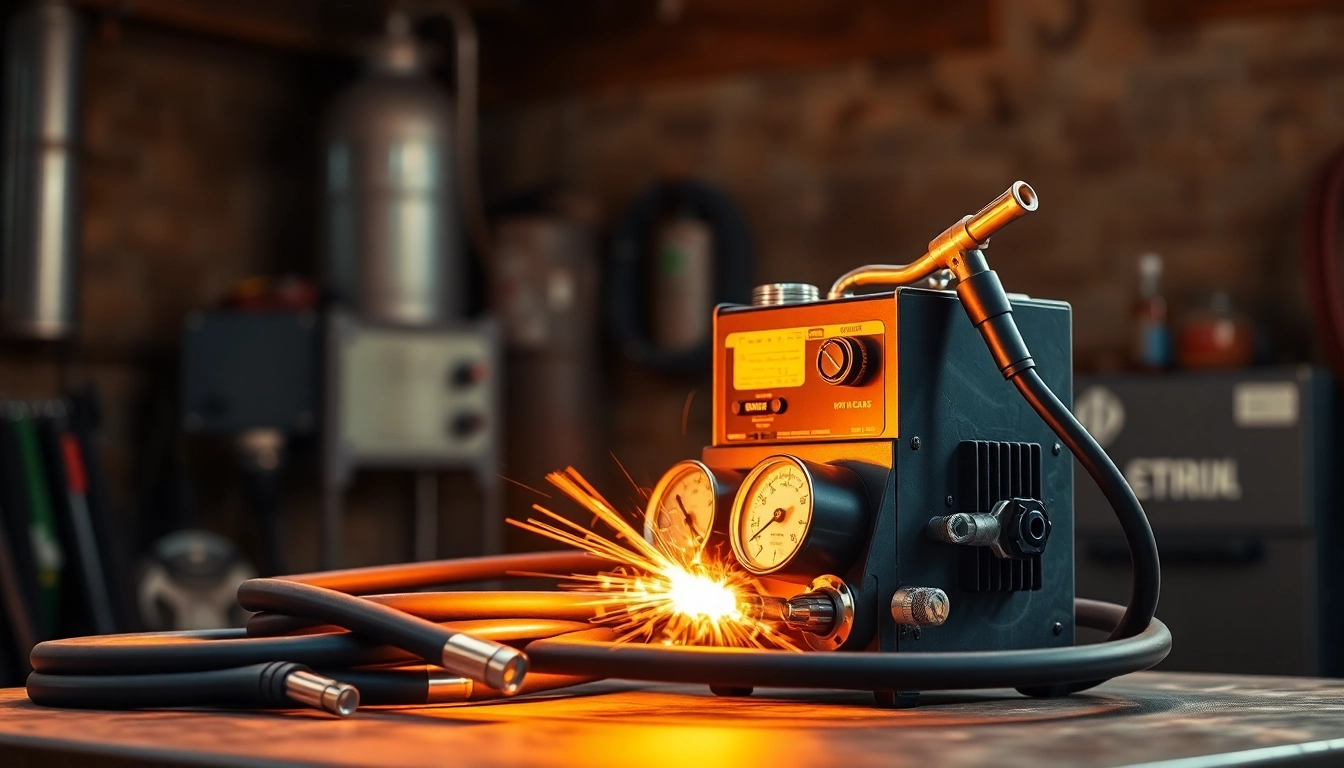Introduction to Laser welding machine
Definition and Functionality
Laser welding machine is a technology that utilizes focused laser beams to join materials, typically metals and thermoplastics. This method is widely recognized for its precision, speed, and the minimal thermal impact it has on surrounding materials. The Laser welding machine operates by directing a highly concentrated laser onto the workpiece, generating enough heat to melt the material at the joint. Once the material cools, it solidifies, creating a robust and durable bond.
Historical Development
The concept of laser welding emerged alongside the development of laser technology itself in the mid-20th century. Pioneering research revealed that lasers could effectively manipulate materials with unparalleled precision. By the late 1960s, laser welding technology had advanced significantly, with the first practical applications being observed in the automotive and aerospace industries. Over the decades, innovations in laser technology, such as the introduction of fiber lasers and advancements in beam control, have diversified its applications and enhanced its performance.
Key Advantages Over Traditional Welding
Laser welding offers numerous advantages compared to traditional welding methods. One of the most significant benefits is the speed of operation; laser welding can considerably reduce production times. Additionally, the precision of laser welding minimizes the need for post-weld machining, saving both time and resources. Furthermore, the localized heating of materials reduces warping and distortion, leading to higher quality welds. The automation potential of laser welding machines also contributes to improved efficiency and consistency in manufacturing processes.
Types of Laser welding machine
Continuous Wave Laser Welding
Continuous wave laser welding involves a constant laser output, allowing for a steady application of heat. This method is particularly effective for welding thick materials, as it maintains a consistent temperature and penetration depth. Continuous wave lasers are commonly used in applications that require deep melting, such as the welding of large structural components in shipbuilding or heavy machinery.
Pulsed Laser Welding
Pulsed laser welding uses short bursts of laser energy, allowing for greater control over heat input. This can be beneficial when working with thin materials or those that are sensitive to thermal changes. Pulsed lasers are also ideal for applications requiring spot welding or precise localized heating, such as in the electronics industry where delicate components must be joined without damaging surrounding materials.
Comparison of Types
When comparing continuous wave and pulsed laser welding, the choice often depends on the thickness and type of materials being welded. Continuous wave lasers excel in applications that require greater heat input and penetration, while pulsed lasers offer versatility in working with a variety of material types and thicknesses. Furthermore, pulsed lasers typically allow for a finer control of the weld quality, making them suitable for specialized applications.
Applications of Laser welding machine
Automotive Industry
The automotive industry has embraced laser welding technology for several applications, ranging from bodywork to battery manufacturing. Laser welding allows for the precise bonding of components under tight tolerances, significantly improving the structural integrity of vehicles. Moreover, the speed of laser welding facilitates increased production rates in assembly lines, making it an essential technology in modern automotive manufacturing.
Aerospace Manufacturing
Aerospace manufacturers utilize laser welding for its capability to join lightweight and high-strength materials, vital for aerospace applications. The technology is employed in assembling aircraft components, including fuselage sections and engine parts. Additionally, the accuracy of laser welding ensures that the joints meet rigorous safety standards, crucial to maintaining structural integrity during flight.
Electronics Assembly
In the electronics sector, laser welding plays a crucial role in the assembly of complex components, including circuit boards, sensors, and connectors. The precision offered by laser welding minimizes the risk of damaging sensitive electronic elements, allowing manufacturers to produce durable and reliable products. Furthermore, the capability of laser welding to work with a wide range of materials enables the integration of various components into a single cohesive unit.
Choosing the Right Laser welding machine
Factors to Consider
When selecting a laser welding machine, several factors should be evaluated to ensure optimal performance and suitability for specific applications. Key considerations include the types of materials being welded, the required joint type, and the production volume. Understanding the specific needs of the manufacturing process will guide the selection of either continuous wave or pulsed laser systems, as well as the necessary power output and beam quality.
Cost vs. Performance
The cost of a laser welding machine is an important consideration, but it should be weighed against its performance capabilities. Investing in a high-quality machine may incur higher upfront costs but can lead to increased efficiency, reduced operational costs, and better weld quality over time. Manufacturers must consider return on investment by evaluating the potential savings in labor, material usage, and overall production efficiency.
Supplier Selection
Choosing a reputable supplier for laser welding machines is crucial for ensuring optimal performance and long-term support. Factors to evaluate when selecting a supplier include their experience, the range of products offered, and customer service reputation. Engaging with a supplier who provides comprehensive training and support will contribute to the successful implementation and operation of the laser welding technology in manufacturing processes.
Future Trends in Laser welding machine Technology
Emerging Innovations
As technology continues to evolve, advancements in laser welding are expected to drive greater efficiency and versatility in manufacturing. Innovations such as artificial intelligence and machine learning are being integrated into laser welding systems, enabling smarter production processes that can adapt to varying material properties and environmental conditions. Additionally, advancements in laser sources, such as the development of new fiber and disk lasers, promise to enhance speed and precision further.
Potential Industry Disruptions
The introduction of new materials and manufacturing techniques poses both challenges and opportunities for the laser welding industry. For instance, the rise of additive manufacturing and advanced composites necessitates the development of specialized laser welding techniques that can accommodate these materials. Companies willing to adapt and integrate these changes stand to gain a competitive advantage in their respective markets.
Sustainability in Laser Welding
Sustainability has become a core focus across industries, and laser welding technology is not exempt from this trend. The efficient energy consumption of laser welding machines contributes to reduced carbon footprints in manufacturing processes. Furthermore, the precision of laser welding leads to less material waste compared to traditional welding methods, aligning with broader sustainability goals. Consequently, companies adopting laser welding technology can enhance their commitment to environmentally responsible practices.



